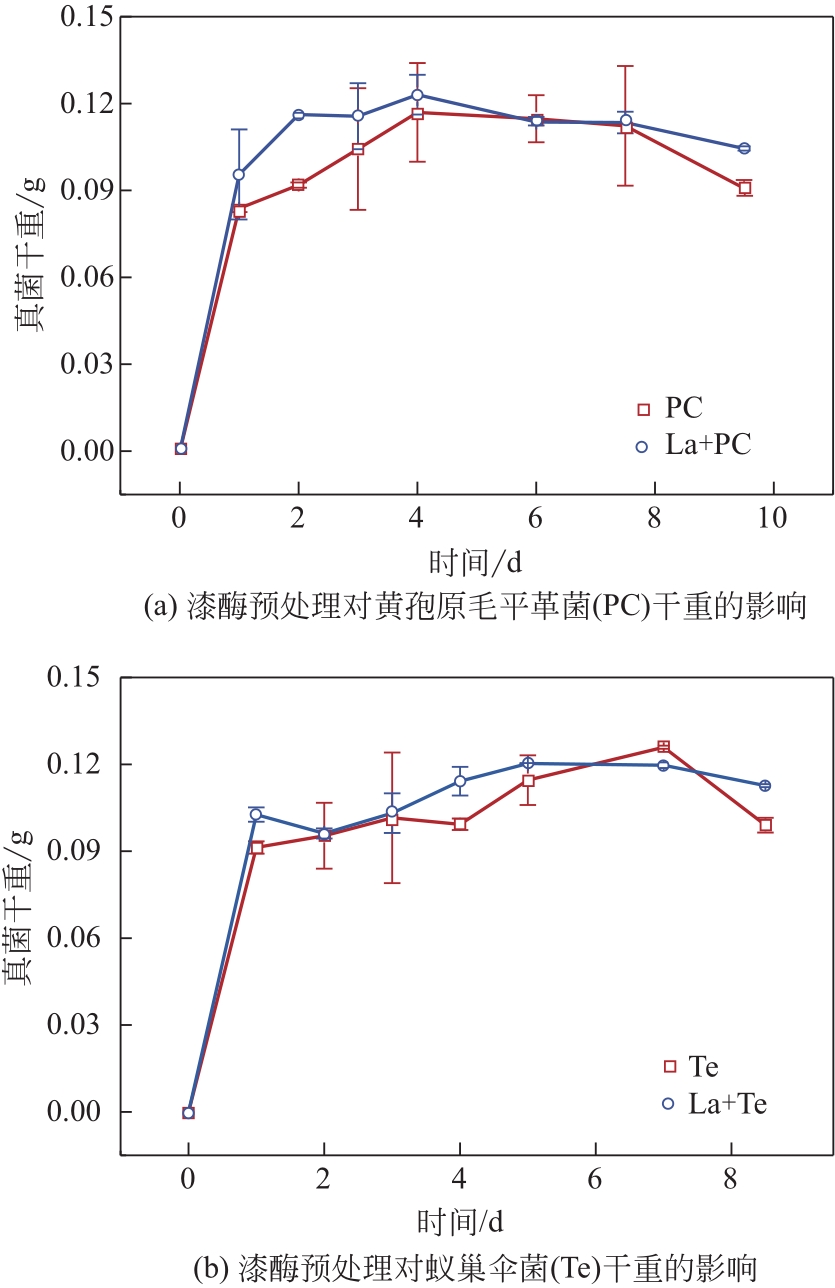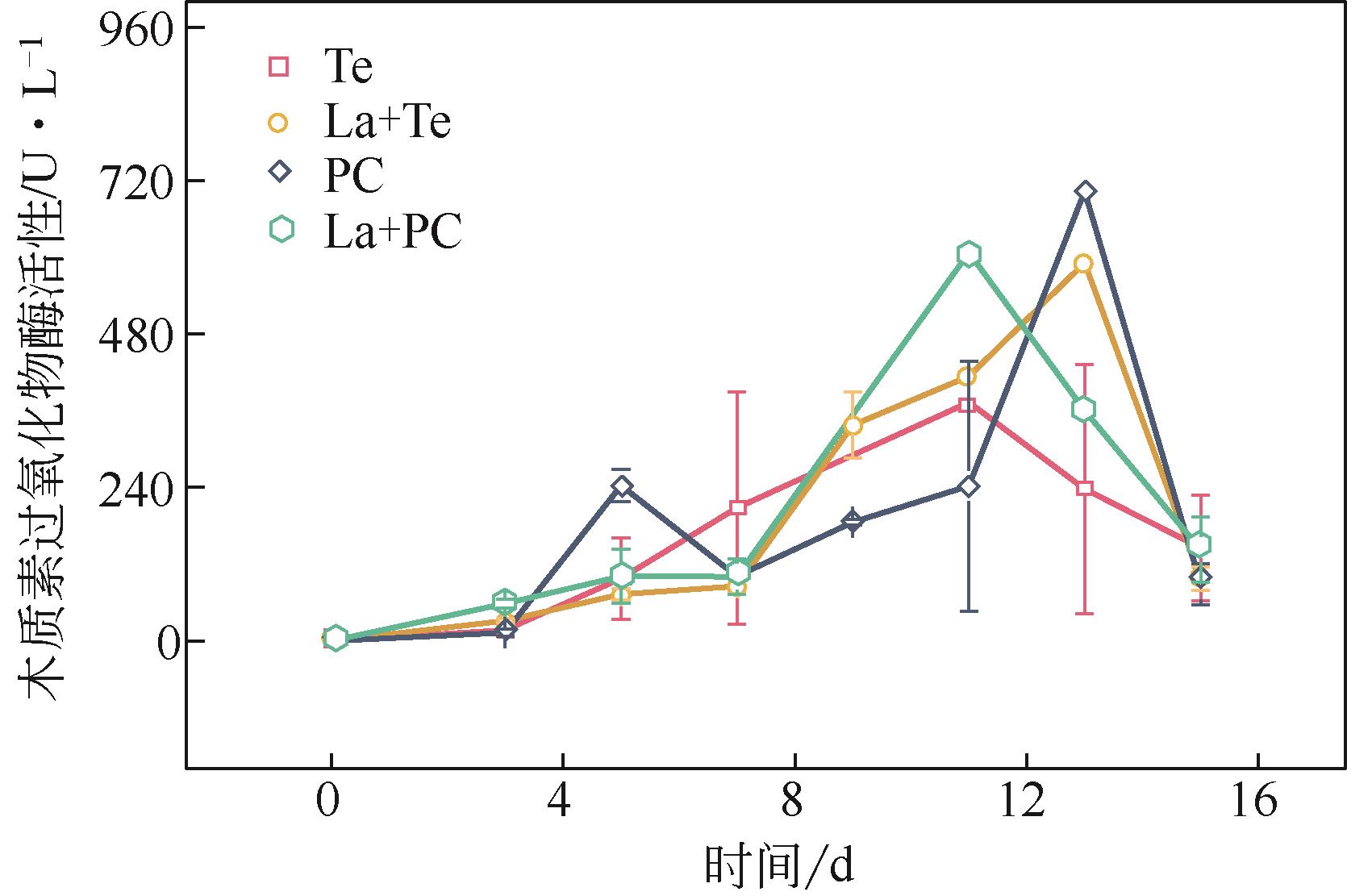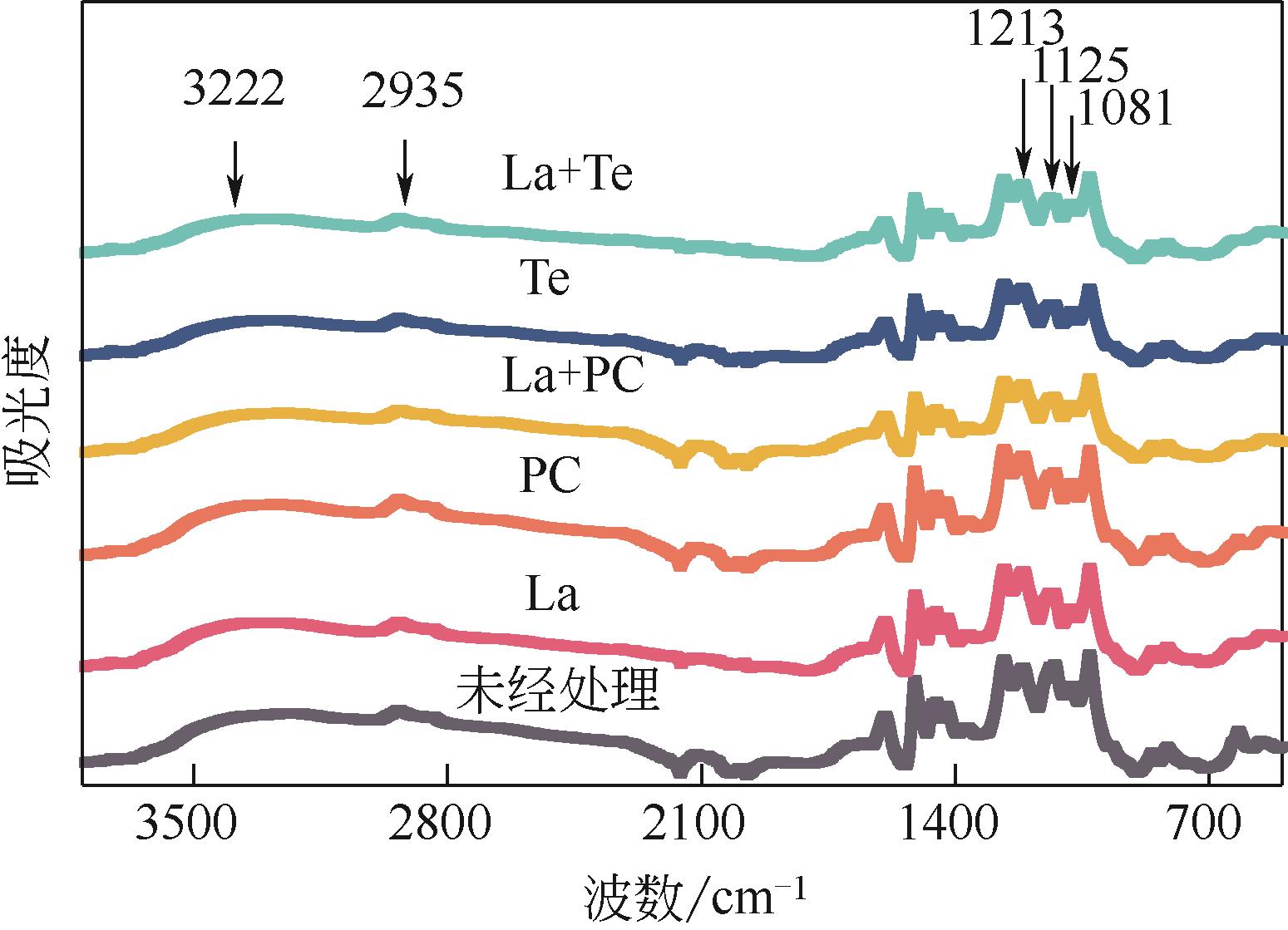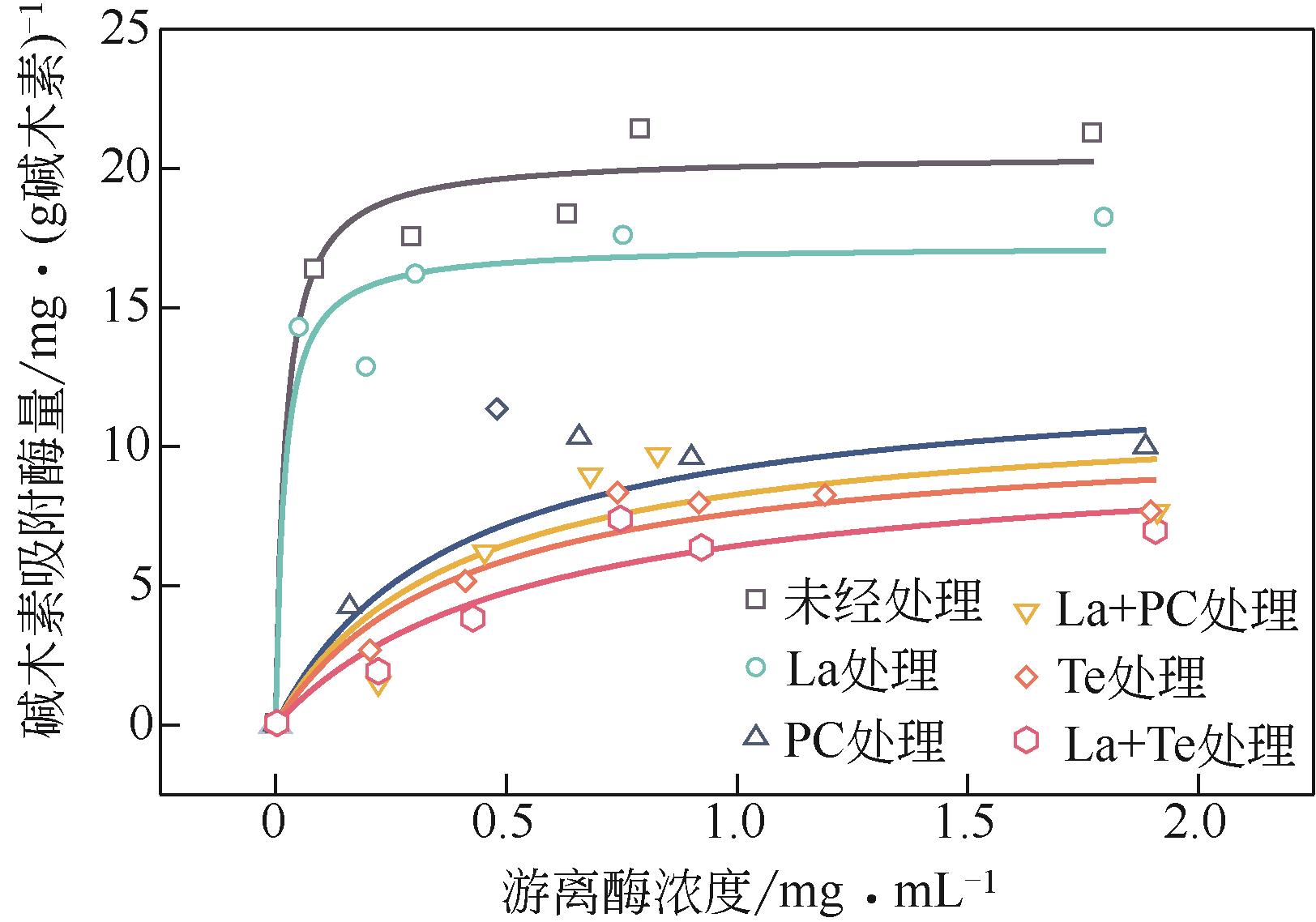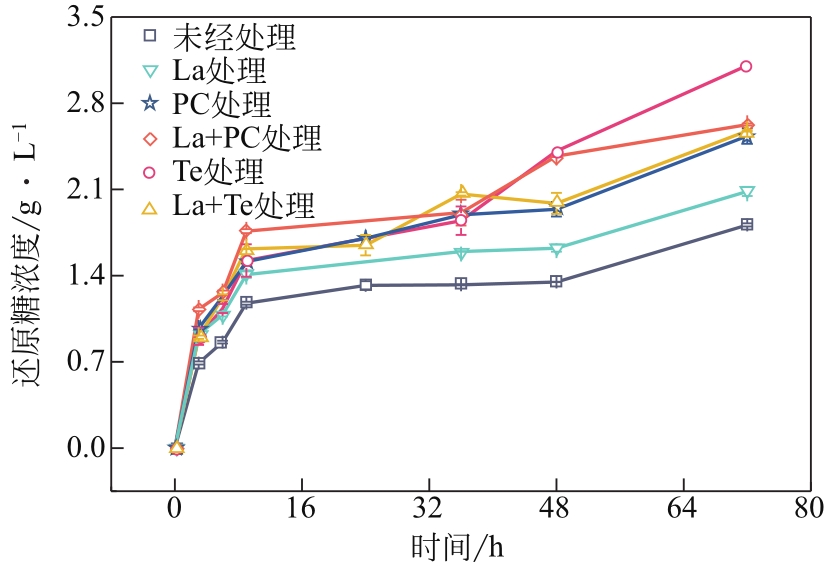| 1 |
新华每日电讯. 习近平在第七十五届联合国大会一般性辩论上发表重要讲话[EB/OL]. [2021-03-15]. .
|
|
XINHUA DAILY TELEGRAPH. XI Jinping delivers an important speech at the general debate of the 75th UN General Assembly[EB/OL]. [2021-03-15]. .
|
| 2 |
CHEN W, WU F W, ZHANG J H. Potential production of non-food biofuels in China[J]. Renewable Energy, 2016, 85: 939-944.
|
| 3 |
国家统计局. 中华人民共和国2020年国民经济和社会发展统计公报[R]. 北京: 国家统计局, 2021.
|
|
National Bureau of Statistics. 2020 National Economic and Social Development Statistical Bulletin of the People’s Republic of China[R]. Beijing: National Bureau of Statistics, 2021.
|
| 4 |
LI J B, FENG P, XIU H J, et al. Morphological changes of lignin during separation of wheat straw components by the hydrothermal-ethanol method[J]. Bioresource Technology, 2019, 294: 122157.
|
| 5 |
CHEN H Y, LIU J B, CHANG X, et al. A review on the pretreatment of lignocellulose for high-value chemicals[J]. Fuel Processing Technology, 2017, 160: 196-206.
|
| 6 |
SHARMA H K, XU C B, QIN W S. Biological pretreatment of lignocellulosic biomass for biofuels and bioproducts: an overview[J]. Waste and Biomass Valorization, 2019, 10(2): 235-251.
|
| 7 |
LYND L R, WEIMER P J, VAN ZYL W H, et al. Microbial cellulose utilization: fundamentals and biotechnology[J]. Microbiology and Molecular Biology Reviews, 2002, 66(3): 506-577.
|
| 8 |
XU H F, LI B, MU X D. Review of alkali-based pretreatment to enhance enzymatic saccharification for lignocellulosic biomass conversion[J]. Industrial & Engineering Chemistry Research, 2016, 55(32): 8691-8705.
|
| 9 |
CHEN W H, TU Y J, SHEEN H K. Disruption of sugarcane bagasse lignocellulosic structure by means of dilute sulfuric acid pretreatment with microwave-assisted heating[J]. Applied Energy, 2011, 88(8): 2726-2734.
|
| 10 |
MA F Y, YANG N, XU C Y, et al. Combination of biological pretreatment with mild acid pretreatment for enzymatic hydrolysis and ethanol production from water hyacinth[J]. Bioresource Technology, 2010, 101(24): 9600-9604.
|
| 11 |
CADOCHE L, LÓPEZ G D. Assessment of size reduction as a preliminary step in the production of ethanol from lignocellulosic wastes[J]. Biological Wastes, 1989, 30(2): 153-157.
|
| 12 |
BEHERA S, ARORA R, NANDHAGOPAL N, et al. Importance of chemical pretreatment for bioconversion of lignocellulosic biomass[J]. Renewable and Sustainable Energy Reviews, 2014, 36: 91-106.
|
| 13 |
WARNECKE F, LUGINBÜHL P, IVANOVA N, et al. Metagenomic and functional analysis of hindgut microbiota of a wood-feeding higher termite[J]. Nature, 2007, 450(7169): 560-565.
|
| 14 |
AANEN D K, EGGLETON P, ROULAND-LEFEVRE C, et al. The evolution of fungus-growing termites and their mutualistic fungal symbionts[J]. PNAS, 2002, 99(23): 14887-14892.
|
| 15 |
OHKUMA M. Termite symbiotic systems: efficient bio-recycling of lignocellulose[J]. Applied Microbiology and Biotechnology, 2003, 61(1): 1-9.
|
| 16 |
LI H J, YELLE D J, LI C, et al. Lignocellulose pretreatment in a fungus-cultivating termite[J]. PNAS, 2017, 114(18): 4709-4714.
|
| 17 |
RENCORET J, PEREIRA A, RÍO J C DEL, et al. Delignification and saccharification enhancement of sugarcane byproducts by a laccase-based pretreatment[J]. ACS Sustainable Chemistry & Engineering, 2017, 5(8): 7145-7154.
|
| 18 |
ZHAO M H, ZHANG C S, ZENG G M, et al. Growth, metabolism of Phanerochaete chrysosporium and route of lignin degradation in response to cadmium stress in solid-state fermentation[J]. Chemosphere, 2015, 138: 560-567.
|
| 19 |
EGGERT C, TEMP U, DEAN J F D, et al. Laccase-mediated formation of the phenoxazinone derivative, cinnabarinic acid[J]. FEBS Letters, 1995, 376(3): 202-206.
|
| 20 |
张庆芳, 于宗莲. 一株高效木质素降解细菌的筛选及产酶条件的优化[J]. 中国农业科技导报, 2014, 16(2): 143-148.
|
|
ZHANG Qingfang, YU Zonglian. A strain of lignin-degrading bacteria's screening and optimization of enzyme-producing condition[J]. Journal of Agricultural Science and Technology, 2014, 16(2): 143-148.
|
| 21 |
LEE D S, LEE Y G, SONG Y, et al. Hydrolysis patterns of xylem tissues of hardwood pretreated with acetic acid and hydrogen peroxide[J]. Frontiers in Energy Research, 2020, 8: 34.
|
| 22 |
FILLAT Ú, IBARRA D, EUGENIO M, et al. Laccases as a potential tool for the efficient conversion of lignocellulosic biomass: a review[J]. Fermentation, 2017, 3(2): 17.
|
| 23 |
LU X Q, ZHENG X J, LI X Z, et al. Adsorption and mechanism of cellulase enzymes onto lignin isolated from corn stover pretreated with liquid hot water[J]. Biotechnology for Biofuels, 2016, 9(1): 1-12.
|
| 24 |
DENG Z C, XIA A, LIAO Q, et al. Laccase pretreatment of wheat straw: effects of the physicochemical characteristics and the kinetics of enzymatic hydrolysis[J]. Biotechnology for Biofuels, 2019, 12(1): 1-12.
|
| 25 |
SUN S L, HUANG Y, SUN R C, et al. The strong association of condensed phenolic moieties in isolated lignins with their inhibition of enzymatic hydrolysis[J]. Green Chemistry, 2016, 18(15): 4276-4286.
|
| 26 |
李鸿杰. 黑翅土白蚁及其微生物协同降解木质纤维素机制研究[D]. 杭州: 浙江大学, 2014.
|
|
LI Hongjie. The mechanism of lignocellulose degradation in the mutualism system of odontotermes formosanus and assocaited microorganism[D]. Hangzhou: Zhejiang University, 2014.
|
| 27 |
陈跃辉. 三国吴简腐蚀斑微生物的分离鉴定及其木质素降解性能研究[D]. 长沙: 中南大学, 2009.
|
|
CHEN Yuehui. Study on the isolation and identification of corroded spot microorganisms and their lignin degradability[D]. Changsha: Central South University, 2009.
|
| 28 |
李玉英, 杨震宇. 漆酶的特性和应用研究进展[J]. 江西科学, 2009, 27(5): 680-684.
|
|
LI Yuying, YANG Zhenyu. Research progress nature and application of laccase[J]. Jiangxi Science, 2009, 27(5): 680-684.
|
| 29 |
苏鑫. 常温细菌复合菌系降解木质素的协同作用解析[D]. 大庆: 黑龙江八一农垦大学, 2020.
|
|
SU Xin. Bacterial synergy analysis of lignin degradation consortium at 30℃[D]. Daqing: Heilongjiang Bayi Agricultural University, 2020
|
| 30 |
WANG L, ZHANG R, LI J, et al. Comparative study of the fast pyrolysis behavior of ginkgo, poplar, and wheat straw lignin at different temperatures[J]. Industrial Crops and Products, 2018, 122: 465-472.
|
| 31 |
SUN C H, XIA A, LIAO Q, et al. Improving production of volatile fatty acids and hydrogen from microalgae and rice residue: Effects of physicochemical characteristics and mix ratios[J]. Applied Energy, 2018, 230: 1082-1092.
|
| 32 |
YANG H P, YAN R, CHEN H P, et al. Characteristics of hemicellulose, cellulose and lignin pyrolysis[J]. Fuel, 2007, 86(12/13): 1781-1788.
|
| 33 |
YAO L, YANG H T, YOO C G, et al. A mechanistic study of cellulase adsorption onto lignin[J]. Green Chemistry, 2021, 23(1): 333-339.
|
 ), 廖强1,2(
), 廖强1,2( ), 夏奡1,2, 黄云1,2, 朱贤青1,2, 朱恂1,2
), 夏奡1,2, 黄云1,2, 朱贤青1,2, 朱恂1,2
 ), LIAO Qiang1,2(
), LIAO Qiang1,2( ), XIA Ao1,2, HUANG Yun1,2, ZHU Xianqing1,2, ZHU Xun1,2
), XIA Ao1,2, HUANG Yun1,2, ZHU Xianqing1,2, ZHU Xun1,2
